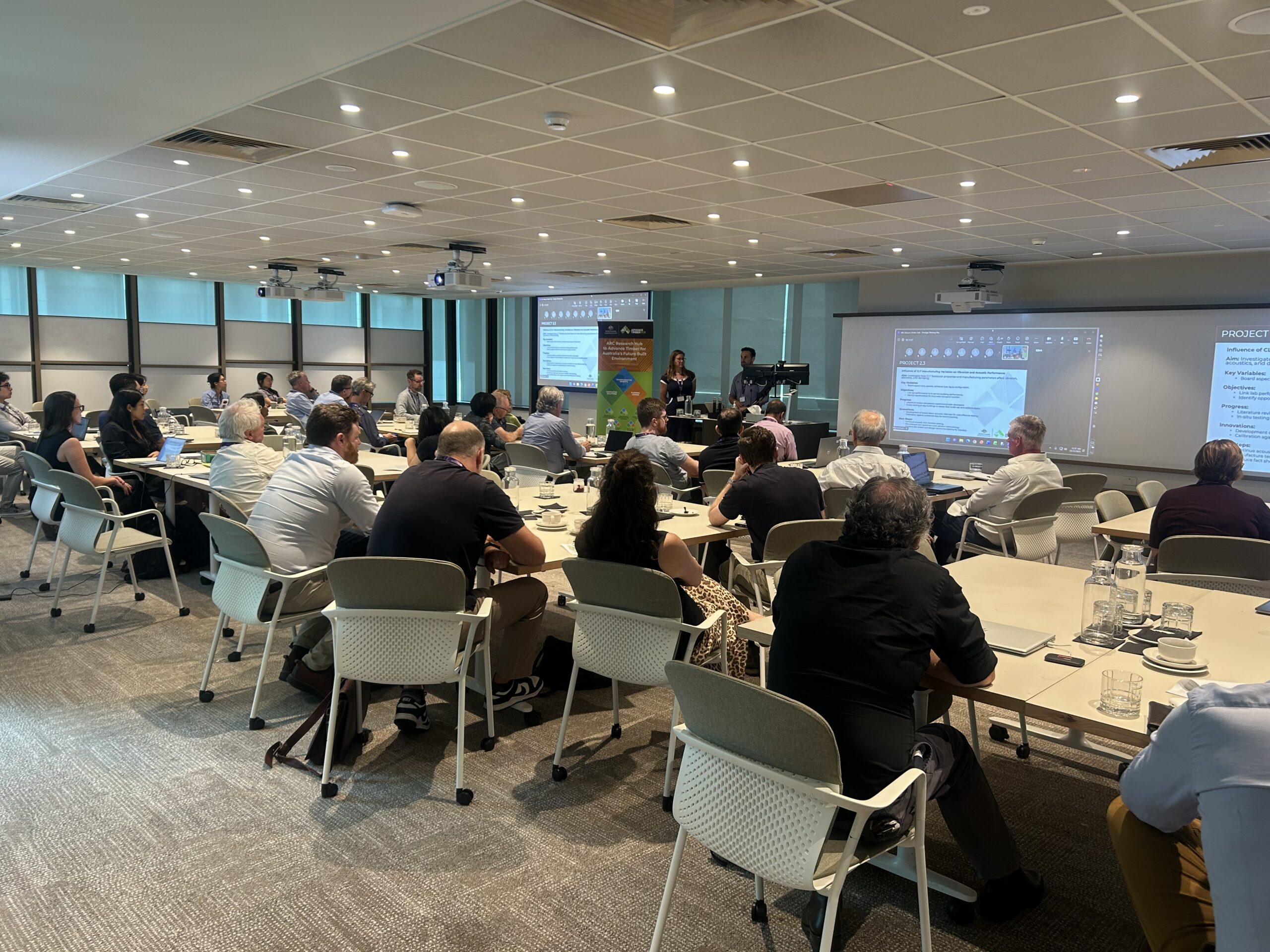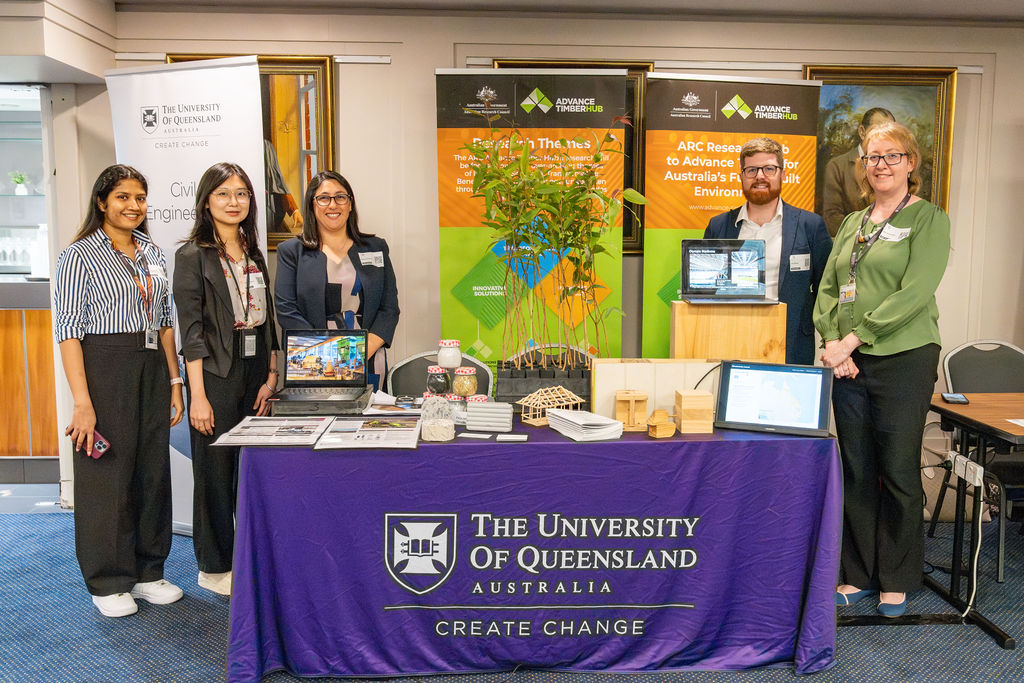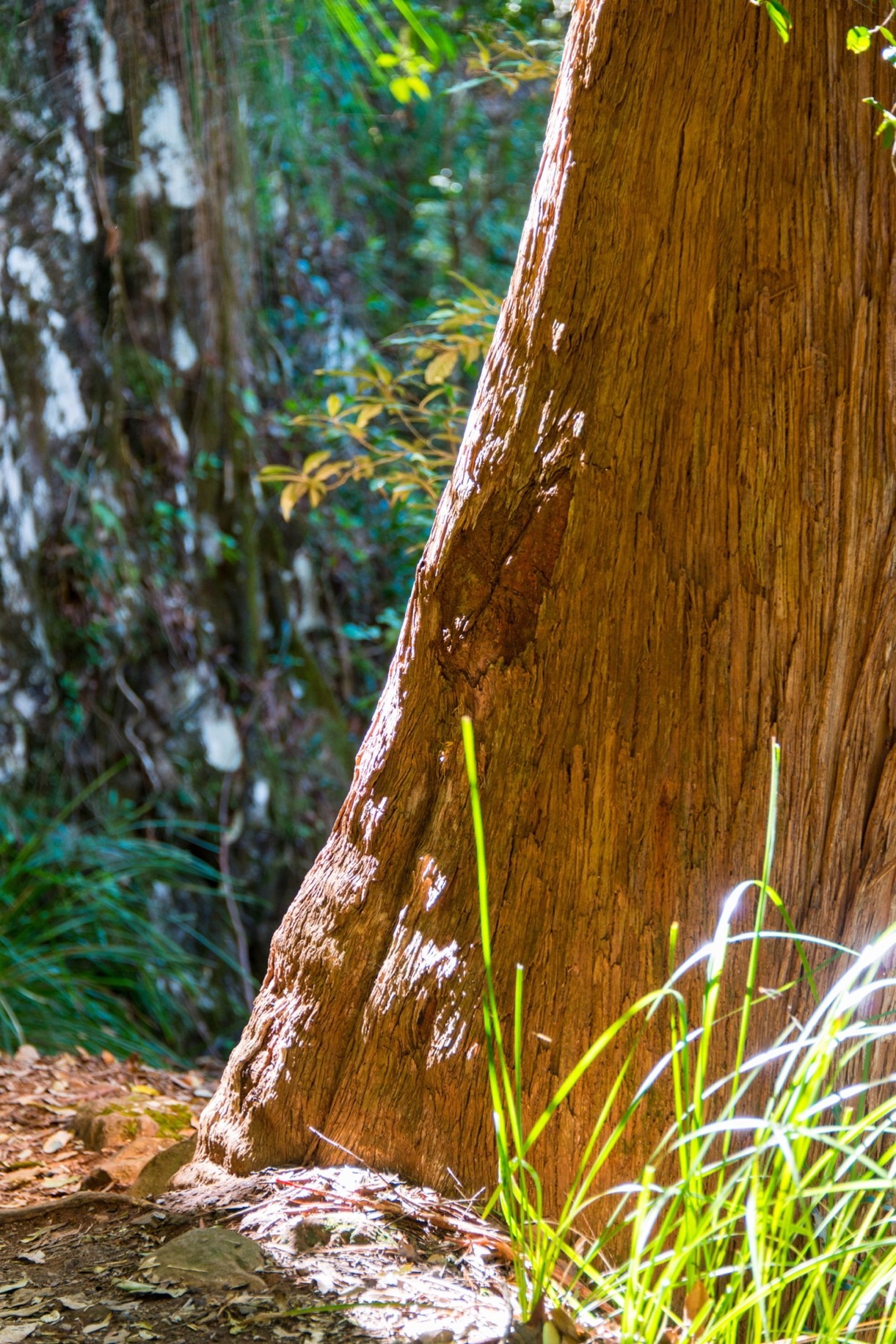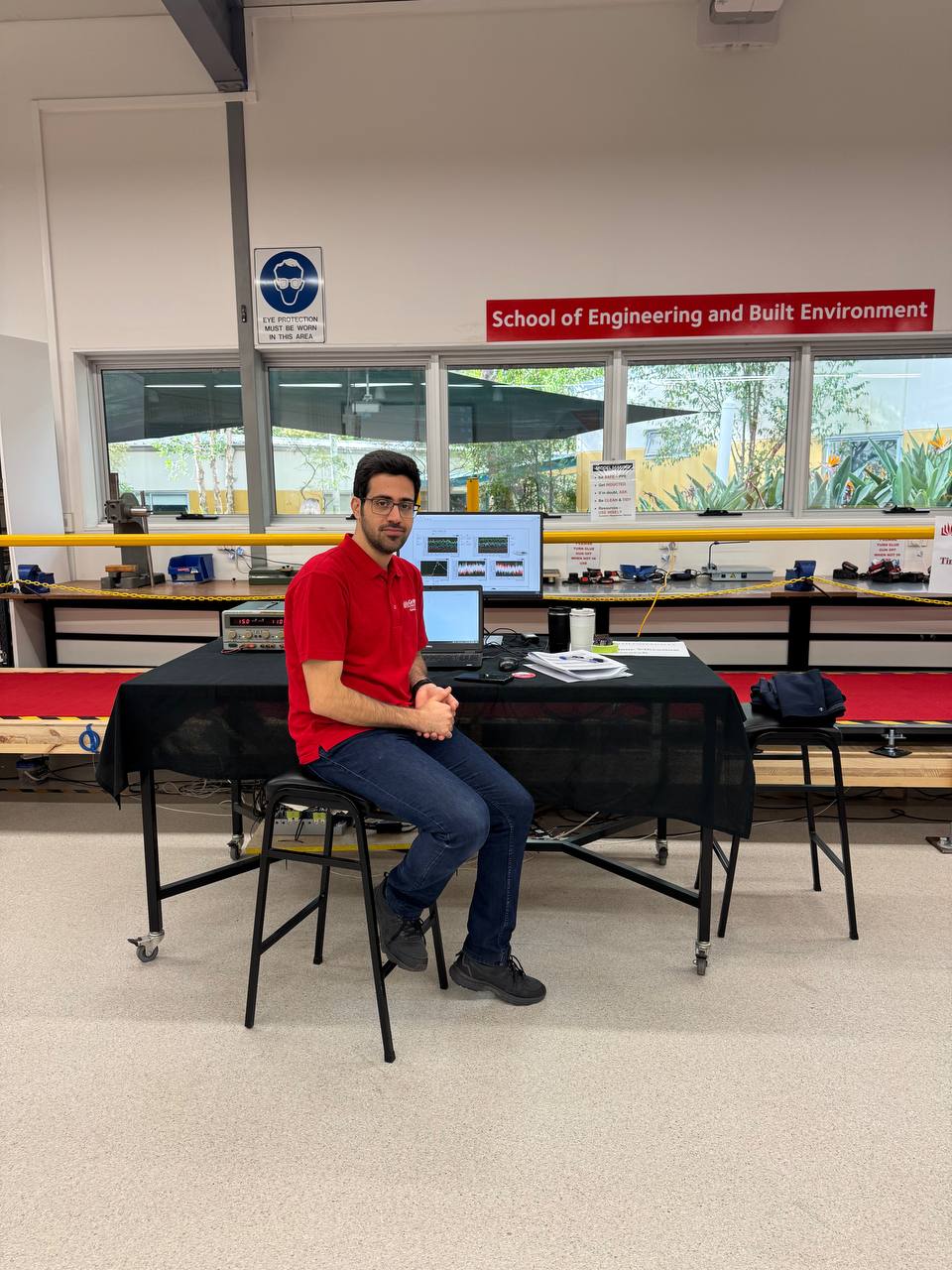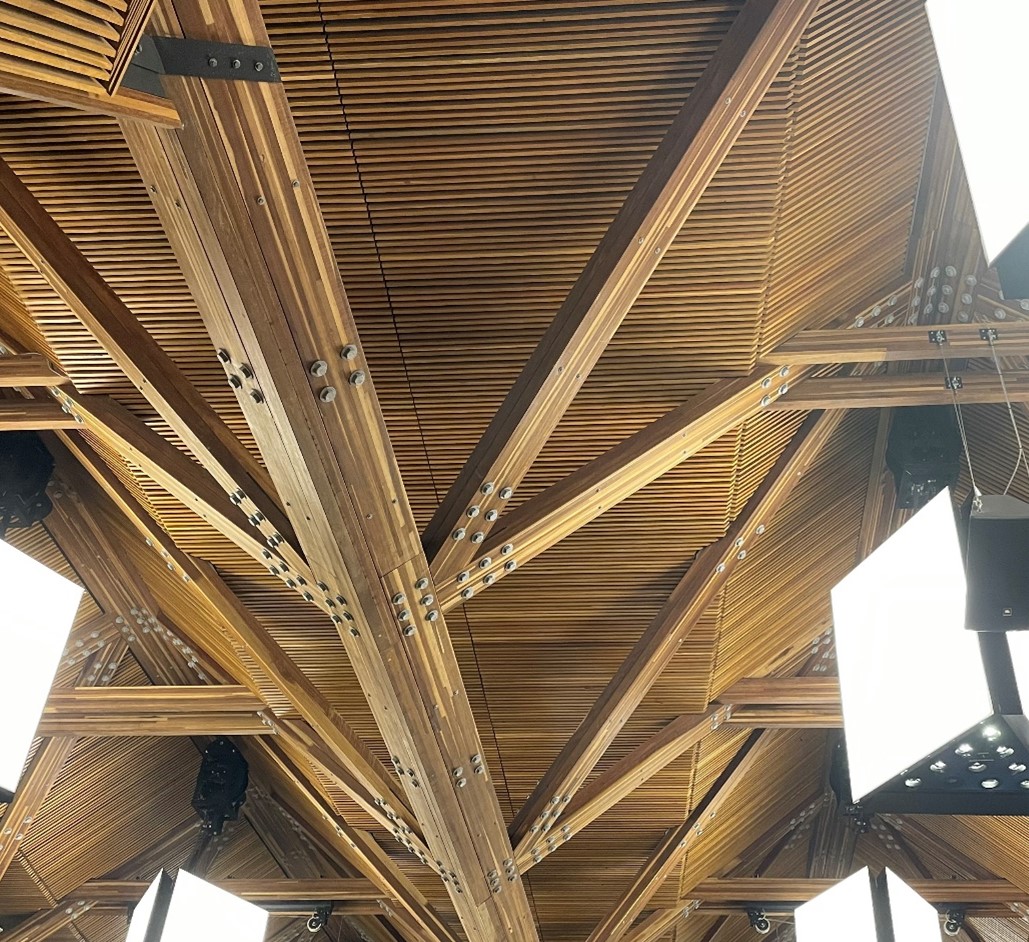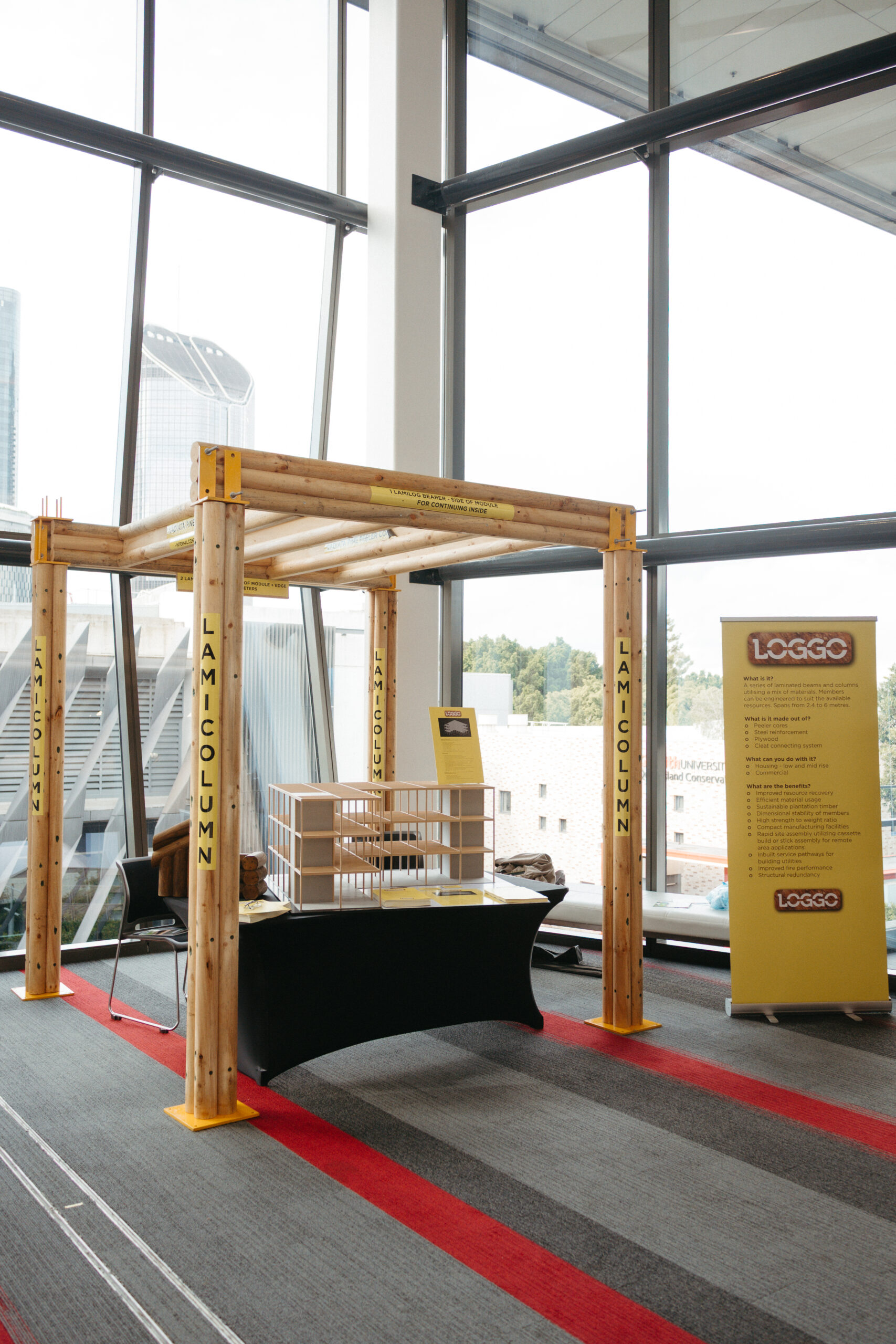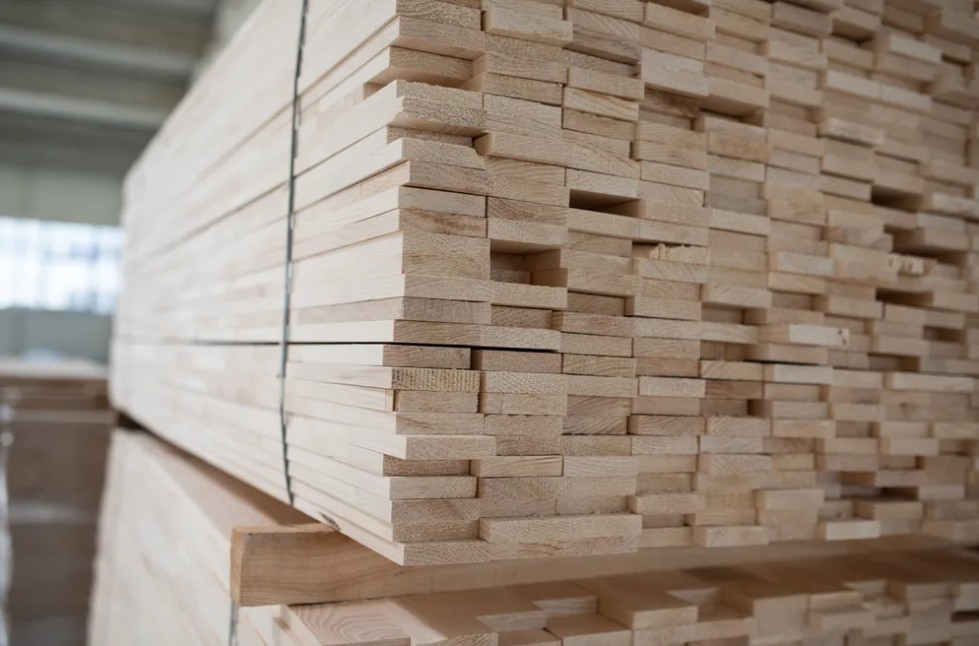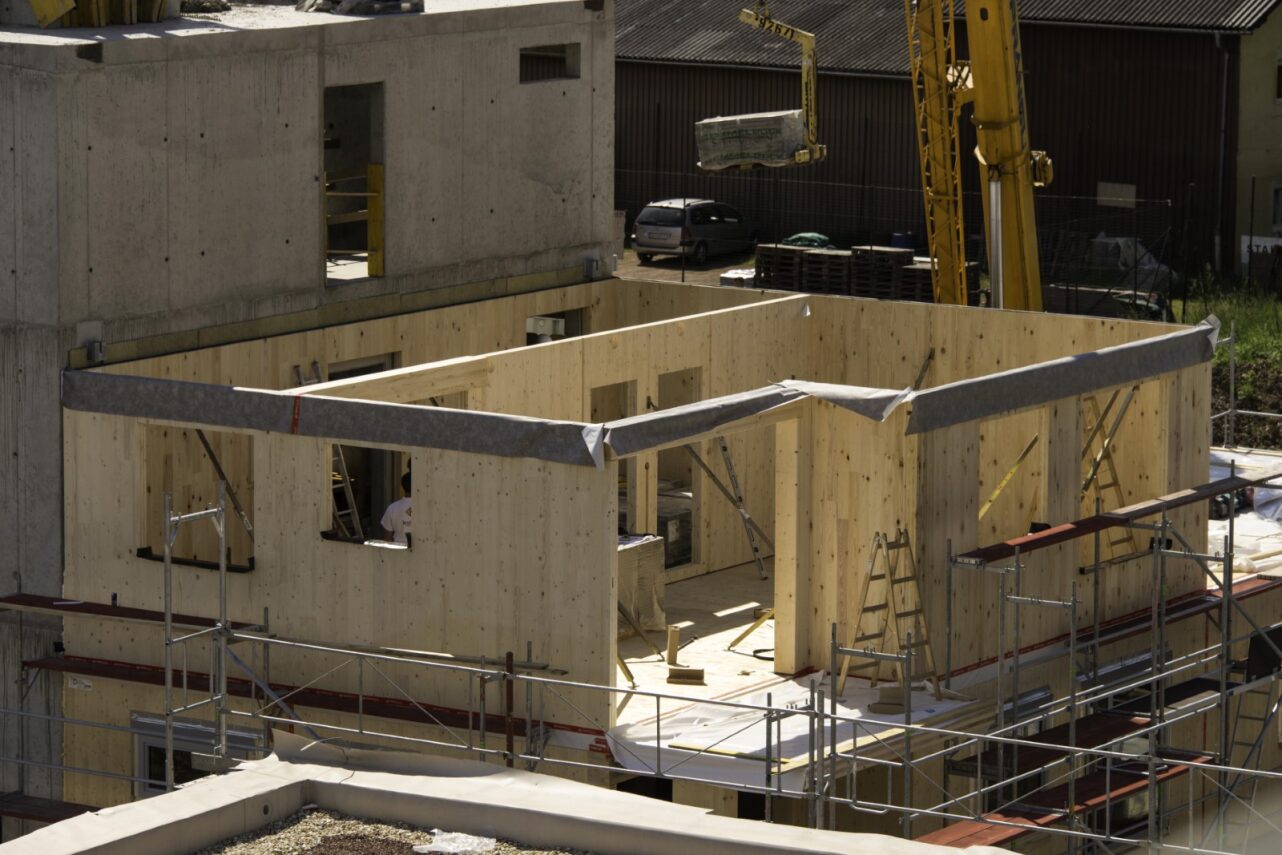The ARC Advance Timber Hub convened its Annual Strategic Planning Day on 15 December 2025 in Brisbane City, bringing together Hub stakeholders, researchers and selected industry representatives to reflect on progress, align priorities and shape the year ahead.
Held in a hybrid format at The University of Queensland’s Brisbane City campus, the event attracted 42 participants in person and 30 online. Proceedings opened with a welcome from Hub Director Professor Keith Crews, followed by a Hub update outlining key achievements from 2025, including the successful delivery of the World Conference on Timber Engineering 2025 (WCTE 2025).
The achievements also featured a presentation by Associate Professor Kim Baber, who shared the exemplar success story of the Australian Timber Fire Station and the recent accolade of being named one of six winning projects of the Built by Nature Prize 2025. This project is also featured in the film Our Future by Open Planet Studios.
Node Leaders provided project updates and shared success stories, including the recruitment of PhD candidates and project staff. Several PhD candidates also delivered three-minute presentations, offering an introduction to the Hub’s newest researchers and showcasing the breadth of emerging research.
The day was further strengthened by industry association updates from FWPA/WoodSolutions, EWPAA, Timber Queensland and Responsible Wood. These presentations provided valuable sector-wide insights and context to inform ongoing research and engagement activities.
Our final presentation of the day was from Dr Patrick Mitchell, Deputy Director of the Australian Forest and Wood Innovations (AFWI) whose presentation gave attendees an understanding of AFWI’s governance structure, strategic plan and research roadmap. We look forward to building stronger research linkages in the future with AFWI.
A key component of the event was a facilitated strategic discussion, led by Associate Professor Joe Gattas. Informed by pre-event survey responses from our stakeholders, the discussion confirmed strong alignment between industry needs and the Hub’s research program. Participants reflected on achievements to date, identified emerging challenges for the timber sector, and explored opportunities to strengthen communication, accelerate industry-relevant outputs, advance standards and support modern methods of construction.
Insights from the day will directly inform the Hub’s strategic priorities and engagement actions for 2026 and beyond, ensuring research outcomes remain relevant, timely and impactful for Australia’s evolving built environment.
The ARC Advance Timber Hub thanks our stakeholders for their active participation and continued commitment to advancing timber innovation across Australia.
